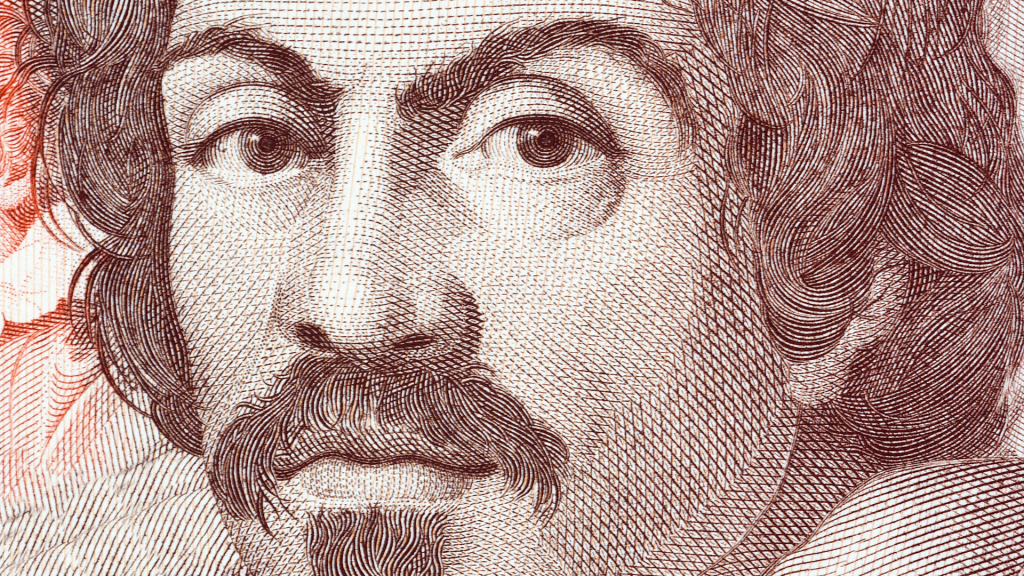Caravaggio is often considered one of the most influential painters of all time. His works have inspired and influenced generations of artists, and his legacy lives on through his paintings even today. In this article, we’ll explore the life, art, influences, and lasting legacy of Caravaggio and uncover the true artistry behind some of his masterpieces.
Introduction to Caravaggio
Caravaggio is one of the most famous artists of the Baroque period. His unique style, characterized by its use of light and shadow, had a profound effect on the development of Western art. Although he was active for only a short time, his work has exerted a lasting influence on subsequent generations of artists.
Born Michelangelo Merisi in 1571, Caravaggio was the son of a mason from the town of Caravaggio in Lombardy. He later took his name from this town. In 1584, he moved to Milan to apprentice with the painter Simone Peterzano. After two years, he moved to Rome where he quickly gained a reputation as an accomplished artist.
Caravaggio’s early works were traditional religious paintings in the manner of other contemporary artists such as Annibale Carracci. His breakthrough came with the painting “The Calling of Saint Matthew” (1599-1600), in which he abandoned traditional conventions to depict a dramatic moment in Scripture with realism and emotion.
Overview of His Masterpieces
Caravaggio’s paintings are characterized by their use of light and shadow to create a sense of drama. His subjects are often religious or mythological figures, and he frequently used Biblical stories as inspiration for his work. Some of his most famous paintings include The Calling of Saint Matthew, The Conversion of Saul, and The Entombment of Christ.
Caravaggio was a highly influential artist, and his work had a significant impact on the development of painting in the Baroque style. His use of light and shadow was particularly influential and has been referenced by many subsequent artists. Caravaggio’s legacy continues to be felt today, and his paintings are some of the most highly prized works in the history of art.
Examining His Influences
Caravaggio’s art was heavily influenced by the Renaissance masters he studied while in Rome. He was also influenced by the Mannerist artists of his time, as well as by the contemporary Baroque style. His work is characterized by its realism, use of light and shadow, and its dramatic and emotional themes.
Caravaggio’s influence can be seen in the work of many subsequent artists, including painters such as Peter Paul Rubens, Jusepe de Ribera, and Rembrandt van Rijn. His style also had a significant impact on the development of modern art.
Analyzing the Impact of His Work
Caravaggio’s work had a profound impact on the art world, both during his lifetime and in the centuries that followed. His bold use of light and shadow revolutionized painting, and his naturalistic style was a drastic departure from the idealized art of the Renaissance. His work was highly controversial in his day, but its raw emotion and power have resonated with viewers for centuries.
Many of Caravaggio’s paintings were religious in nature, and his realistic portrayal of biblical scenes shocked and offended many contemporaries. However, his work also had a strong emotional appeal that spoke to viewers on a more personal level. His paintings often depicted violence, poverty, and other harsh realities of life, but they also conveyed hope and beauty.
Caravaggio’s influence can be seen in the work of many subsequent artists, including painters like Rembrandt, Rubens, and Velazquez. His dramatic use of light and dark has been particularly influential, inspiring generations of artists to experiment with chiaroscuro effects. Even today, Caravaggio’s work continues to captivate viewers and challenge convention.
Discussing the Lasting Legacy of Caravaggio
Caravaggio was one of the most influential artists of his time. His unique approach to painting, which emphasized realistic and dramatic scenes, had a profound impact on the development of art in the Baroque period. Even today, his work continues to inspire artists and art lovers alike.
As we celebrate the 400th anniversary of Caravaggio’s death, it is important to reflect on his lasting legacy. For many, Caravaggio represents the pinnacle of artistic achievement. His paintings are characterized by their intense realism, powerful emotion, and masterful use of light and shadow. They are truly works of art that transcend time and place.
While Caravaggio’s influence can be seen in the work of many subsequent artists, his legacy extends far beyond the world of art. He was a true innovator who challenged convention and pushed boundaries. His bold approach to painting helped pave the way for future generations of artists to express themselves freely and without restrictions.
Today, Caravaggio’s work continues to captivate audiences all over the world. His paintings offer a window into the past, but they also speak to us in a very contemporary way. They remind us that art can be both beautiful and challenging, provoke thought and emotion, and ultimately enrich our lives in countless ways.
Caravaggio was a revolutionary painter who changed the course of art history. His unique combination of realism and drama captivated audiences, revolutionizing painting techniques and aesthetics. Through his masterpieces, we can better understand the dynamics between classism, religious beliefs, and politics during the Baroque period in Italy. Caravaggio’s contributions to art are still felt today as modern artists continue to draw inspiration from his work.

